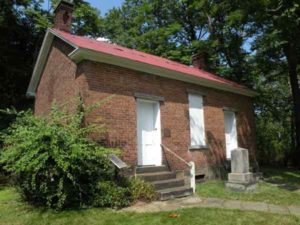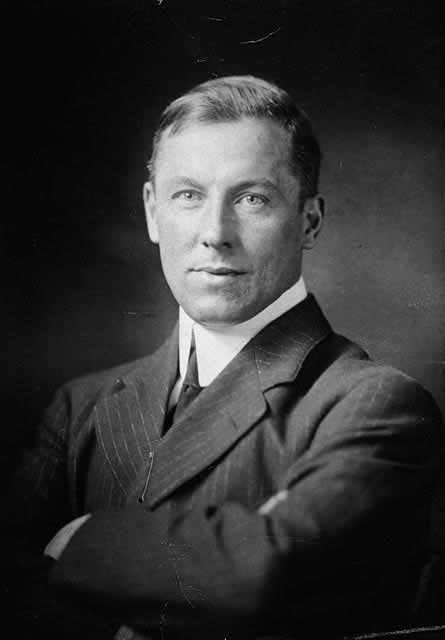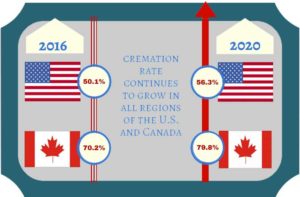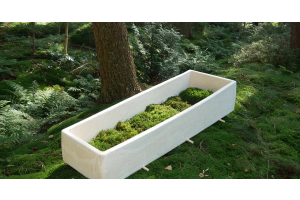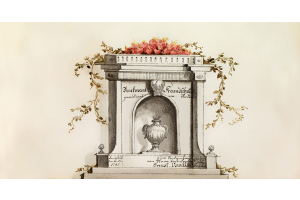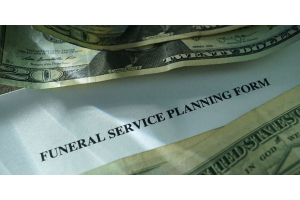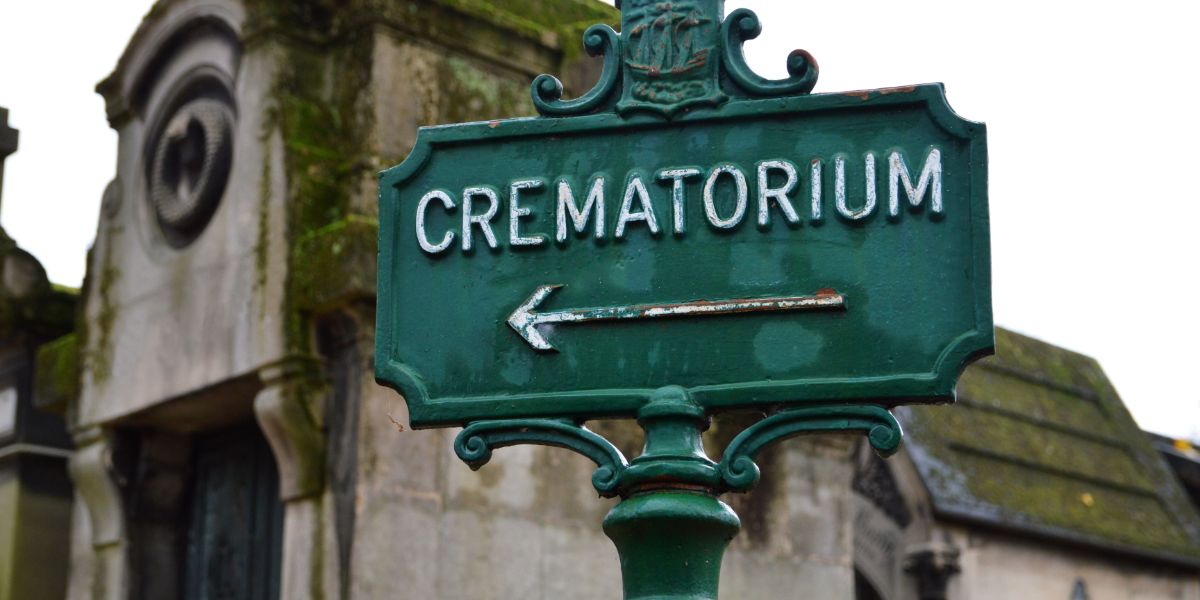
People might think that cremation has been an easy choice forever. The truth is more complicated. Cremation has a long and winding history in North America. It grew at a slow pace. Then, in just a handful of decades, it exploded into the most popular choice today.
Burial Traditions Among Native American Peoples
Trying to figure out the beliefs of thousands of distinct groups seems impossible. People develop their own traditions over hundreds or thousands of years, if no one tells them what to do. That means a wide range of experiences will emerge. In some parts of the world, cremation was a widely-used practice for thousands of years. North America was different. Hundreds of native peoples made their world across the large continent. All these people had their own ways. Some archaeologists claim that cremation in North America was rare until recently. In 2008, researchers found an ancient cremation site off the coast of Georgia. This was quite unexpected. Evidence of cremation in ancient America is hard to find. As a result, experts believe that it was an infrequent practice.
Western Expansion’s Effects on Funeral Practices in North America
Imperial conquest has a way of changing everyone's belief systems. People living in imperial lands often have customs forced upon them. The Roman Empire like the Greek practice of cremation. So, they adopted it as their own. After that, many parts of the Roman Empire accepted it as the best way to handle human remains. Over 1,000 years later, the early European colonists added their beliefs and experiences to native burial traditions. Many of these practices continue today. Cremation, though, continued to be rare. It was not until centuries later that the people of the New World came to consider cremation as a viable choice.
Modern Cremation’s Debut in the West
Of course, even people with staunchly-held beliefs have to be practical sometimes. For centuries, cremation was almost unheard of in the west. Late in the period of industrialization, people began to imagine why it might be a good idea. Scientists put their focus on improvements that would stop infection and disease. In short, people were tired of dealing with the same old illnesses year after year. Governments changed laws to improve the health of the population. Public officials started to think that cremation could be a better option to handle human remains. The release of the first modern crematory in 1872 in Vienna lit a spark. That spark grew into a flame that spread quickly. Almost at once, cremation became accessible to industrialized cities all over the world.
Religious Push Back
Not every group was happy about this invention. Some wanted to stop the progress of cremation in its tracks. The Roman Catholic Church is a good example. Throughout the early years of the U.S., Catholics represented a tiny piece of the total population. By the early 20th Century, 17 percent of the population said they were Catholics. This made Catholicism the largest religious group in the country. The Roman Catholic Church spoke and wrote against the increasing access to cremation. The Church made an official statement against it in 1886, and put it into canon law in 1917. According to these rules, faithful Catholics could not choose cremation. If they did, priests could deny them last rites or a church burial.
Cremation’s Rise in Popularity by Region
It might be easy to assume that cremation is most popular in areas with a large population. The numbers do not always reflect this belief. The Cremation Association of North America (CANA) tracks cremation usage in the U.S. and Canada. Their research shows some interesting facts about regional preferences. For example, cremation is much more popular in Canada than in the U.S. as a whole. But there are provinces with lower usage, and states with higher. Preference for cremation is high in the dense cities of Washington. Cremation is also highly popular in the broad, sweeping lands of Wyoming and Montana. Cremation’s reach slows in the northernmost regions of Canada, and in the midland southern states of the U.S. CANA experts came up with a way to explain these regional differences. They took years to research it. Cremation is more popular in areas where people are more likely to move around. States and provinces with a lower cost of living tend to have lower cremation rates. In nearly all regions, cremation is on the rise.
Belief Systems Change to Meet Modern Burial Needs
Religious beliefs evolve over time, as the dynamic of the region and the people living in it changes. Catholic hatred of cremation in the 19th Century had turned into a tepid acceptance by 1963. In 2016, church officials told faithful members that they could choose cremation. The only rule was that they had to bury the ashes in a proper and respectful way. Nowhere was this more of a shift than in Mexico City. With its huge, sprawling population, the city has fought a long struggle. On one side, there is a shortage of available burial plots. On the other side, there is a heavy Catholic population wary of cremation. The problem reached a head in 2014. Officials shocked many in the population by telling citizens to use cremation instead.


